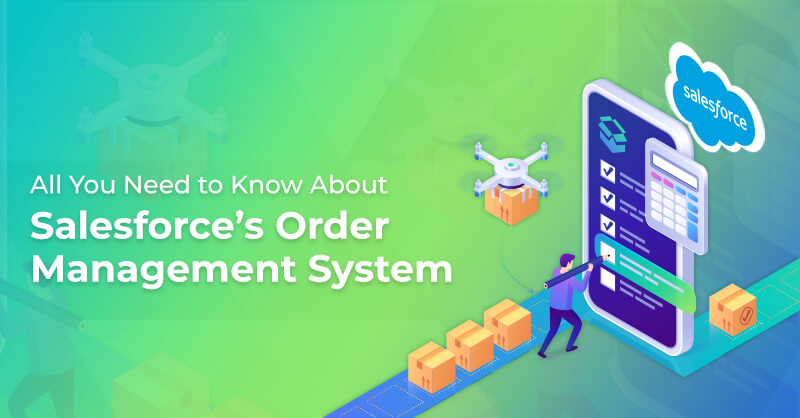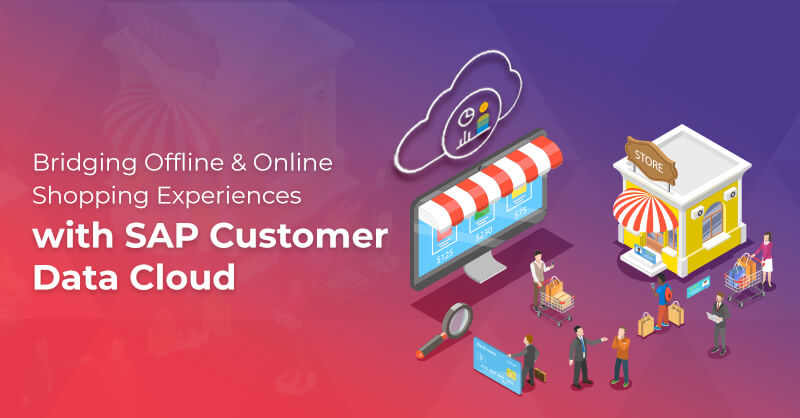IBM Product Recommendation
IBM Product Recommendations raises revenue and saves staff time. Personalized product recommendations increase sales, conversion rate, average order value and customer engagement. Product Recommendations automatically generates personalized product recommendations for each visitor based on current session and historical browsing, shopping, and purchasing data collected by IBM Coremetrics Web Analytics. With Web Analytics, you can automate personalized recommendations through a powerful set of proven and configurable algorithms.
Product Recommendations is designed to specifically address the needs and concerns of the e-commerce merchandiser. Its powerful user interface enables rapid implementation, algorithm modification, business rule management and recommendation preview.
Business benefits
The business benefits of using Product Recommendations are:- Increase revenues
- Increase average order value
- Increase conversion rate
- Increase customer engagement
- Improve the website visitor's ability to find products and explore catalog offerings
- Grow sales of older or infrequently purchased products
- Save merchandiser staff time through automation
- Rapid implementation for improved ROI
- Support for a range of use cases to maximize revenue opportunities
Key features
The Product Recommendations key features enable you to create, configure, track and test offers.Dashboards
Dashboards allow you to track the performance of active Offers and A/B Tests. All Product Recommendations clients can use the Zone Performance, KPI Spark and Site Performance modules because they simply require users to identify the parent product category in the CDF that corresponds to site Zones that are being populated with recommendations. Because A/B Test functionality requires Product Recommendations Dynamic Recommendations features, only clients that have Dynamic Recommendations enabled have access to the A/B Test Performance dashboard module.Flat File or Dynamic Recommendations
IBM Coremetrics offers flexibility by providing two delivery methods for recommendations. With the Flat File delivery method, offer processing writes fixed lists of recommendations to output files that you can use in multiple marketing channels. With the Dynamic delivery method, recommendations are generated and delivered dynamically by the Content Delivery Network to your web pages for each visitor. Both delivery methods generate sound recommendations and drive additional sales.Offer
An offer is a collection of settings that includes the type (product, category, or search), algorithm affinity weighting, data analysis time period, and business rules that generates a list of recommended items. You construct offers with different recommendation styles to suit different stages of the purchase process. For example, usually one offer is created for the product page and another for the shopping cart.Offer settings
Offer settings define the frequency with which an offer is updated (monthly, weekly, or daily), the amount of data that is considered, the set of products for which recommendations will be generated, the number of recommendations per product (flat file only), and the delivery method. Offers can be delivered using a flat file or can be generated dynamically using the Product Recommendations Recommendation Service for integration directly to the web site's presentation layer.Affinity weights
Affinity weights control the weighting of four key data points in the Product cross-sell algorithm. Changing the weights of each affinity type can dramatically alter the recommendations that are generated for each product. This capability allows clients to tune the algorithm to address a range of customer behavior patterns and product mixes. It also allows you to alter the output to address different styles of recommendations. Weighting recommendations toward items that customers view together will generally deliver recommendations of very similar items. On the other hand, weighting recommendations based on items purchased together will deliver recommendations of products across categories. Affinity weights provide controls to address a range of considerations.Business rules
Business rules provide a user interface to create and manage rules that place further limits on recommendations output. Product Recommendations supports exclusionary, de-emphasis and promotional rules. Rules can be managed globally, at the category level, or by product attribute. Exclusionary rules eliminate products, promotional rules force products into recommendations, and de-emphasis rules move products to the back of the candidate list of recommendations rather than excluding them. You provide the data, on which exclusionary rules are based, to IBM Coremetrics using an import file.Individual visitor personalization
No two visitors have the same interests nor do they demonstrate identical shopping patterns. Product Recommendations builds rich individual visitor profiles based on historical and in session data to automatically present each shopper with a unique set of recommendations. Even visitors who are not known receive highly relevant recommendations based on Product Recommendations proven Wisdom-of-the-Crowd based algorithms. Because visitor profiles are constructed in real time, recommendations can become personalized very quickly, allowing Product Recommendations to optimize recommendations for every visitor. In addition to automatically optimizing product page recommendations, cart recommendations, and category recommendations to the individual, specific recommendation zones can be defined to offer recommendations that are based on the visitor's observed behaviors including:- Recommendations based on an item the visitor recently carted.
- Recommendations based on an item the visitor recently purchased.
- Top selling items from a category of the visitor's interest.
- Recommendations based on an item the visitor recently viewed.
Category Recommendations
Recommendations based on the site's top selling items, ranked by item sales or dollar sales, can be presented at various points on the web site. These top sellers are grouped by the category provided in the Enterprise Category Definition File. Special configurations are available for category top sellers. For example, visitors can find the very top selling items no matter where they are placed on the web site. Category Recommendations can be configured in the interface to remove the top 5%, 10%, or 20% of the top selling items from the recommendations. This allows additional products to be featured that customers might not have found on their own yet which already have high conversions. Overall Top Sellers can also be configured using category recommendations.Overall Top Sellers
This allows the merchandiser to specify the key categories of products to be represented as overall top sellers. These recommendations are often displayed on the homepage, empty basket page, or no search results page. The top n selling items (where n is a configurable number) are pulled from each of the key categories and represented to the visitor so that each category gets representation through the home page recommendations. As a result, the best selling, highest converting items from the key site categories are merchandised for unknown visitors. Optionally, the order in which the collection of home page recommendations is presented can be randomly determined.Fallback recommendations
Behavior based algorithms cannot generate recommendations for products to which the algorithms have not been applied. When new products are introduced to the site, a mechanism is needed to provide a default and compelling set of recommendations. If you have strict business rule requirements you can eliminate available recommendations through the use of business rules. There are two fallback processes. The first fallback process happens when the Wisdom-of-the-Crowd behavioral data is processed. When there is not enough site behavior data to complete the number of requested recommendations or if business rules eliminate recommendations, then top selling items from the target product EPR category are used as default recommendations. A secondary fallback process is invoked if recommendations are not available when dynamic recommendations are requested from your website. To cover this situation, you configure fallback steps in the recommendation plan. For example, you could specify that the recommendations should be top selling items in the category of the product the visitor last viewed, or top selling items in the visitor's favorite category, and so on.Search term based recommendations
Search term based recommendations allow merchandising teams to solve two business problems:- Paid search landing pages are not always relevant.
- Websites and on-site search results do not learn from visitor behavior.



